Growing E-commerce Sector
The rapid expansion of the e-commerce sector is a crucial driver for the iot in-warehouse market in Europe. As online shopping continues to gain traction, warehouses are under pressure to enhance their operational capabilities to meet consumer demands for faster delivery times. IoT technologies facilitate this by enabling real-time inventory tracking, automated order fulfillment, and efficient logistics management. Recent statistics indicate that e-commerce sales in Europe are projected to reach €500 billion by 2026, further intensifying the need for advanced warehouse solutions. This growth in e-commerce not only drives the adoption of IoT technologies but also reshapes the entire logistics landscape, making it a vital driver for the iot in-warehouse market in Europe.
Rising Demand for Efficiency
The iot in-warehouse market in Europe is experiencing a notable surge in demand for operational efficiency. Companies are increasingly adopting IoT solutions to streamline their warehouse operations, which can lead to reduced labor costs and improved inventory management. According to recent data, the implementation of IoT technologies can enhance operational efficiency by up to 30%. This trend is driven by the need for businesses to remain competitive in a rapidly evolving market. As logistics and supply chain management become more complex, the integration of IoT devices allows for real-time monitoring and automation, thereby optimizing workflows. Consequently, this driver is pivotal in shaping the future landscape of the iot in-warehouse market in Europe.
Advancements in IoT Technology
Technological advancements are significantly influencing the iot in-warehouse market in Europe. Innovations in sensor technology, connectivity, and data processing capabilities are enabling more sophisticated IoT applications. For instance, the development of low-power wide-area networks (LPWAN) facilitates seamless communication between devices over long distances, which is crucial for large warehouse operations. Furthermore, the integration of artificial intelligence (AI) with IoT systems enhances predictive analytics, allowing businesses to anticipate demand and optimize inventory levels. This technological evolution is expected to drive market growth, with projections indicating a compound annual growth rate (CAGR) of approximately 15% over the next five years. Thus, advancements in IoT technology are a key driver for the iot in-warehouse market in Europe.
Regulatory Compliance and Standards
The iot in-warehouse market in Europe is increasingly influenced by regulatory compliance and standards. As governments implement stricter regulations regarding data security and environmental sustainability, businesses are compelled to adopt IoT solutions that align with these requirements. For example, the European Union's General Data Protection Regulation (GDPR) mandates stringent data protection measures, prompting companies to invest in secure IoT systems. Additionally, compliance with environmental standards encourages the adoption of energy-efficient technologies within warehouses. This regulatory landscape not only drives the demand for IoT solutions but also fosters innovation as companies seek to meet compliance requirements. Consequently, regulatory compliance emerges as a significant driver in the iot in-warehouse market in Europe.
Increased Focus on Supply Chain Resilience
The iot in-warehouse market in Europe is witnessing a heightened focus on supply chain resilience. Businesses are increasingly recognizing the importance of robust supply chains that can withstand disruptions. IoT solutions play a pivotal role in enhancing visibility and traceability throughout the supply chain, allowing companies to respond swiftly to unforeseen challenges. By leveraging IoT technologies, organizations can monitor inventory levels, track shipments, and analyze data to make informed decisions. This proactive approach to supply chain management is expected to drive market growth, with estimates suggesting a potential increase in investment in IoT solutions by 20% over the next few years. Thus, the emphasis on supply chain resilience serves as a significant driver for the iot in-warehouse market in Europe.


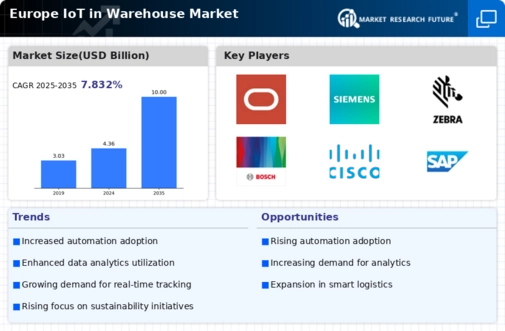

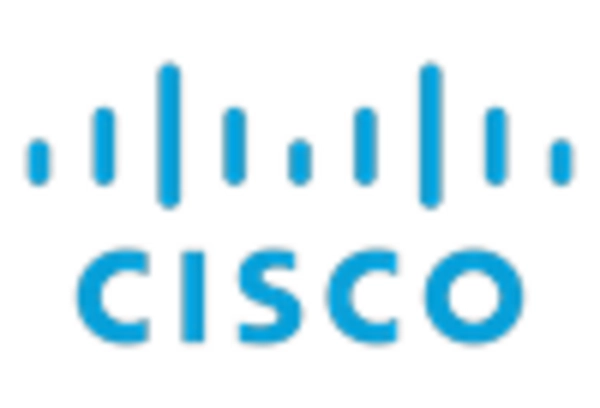

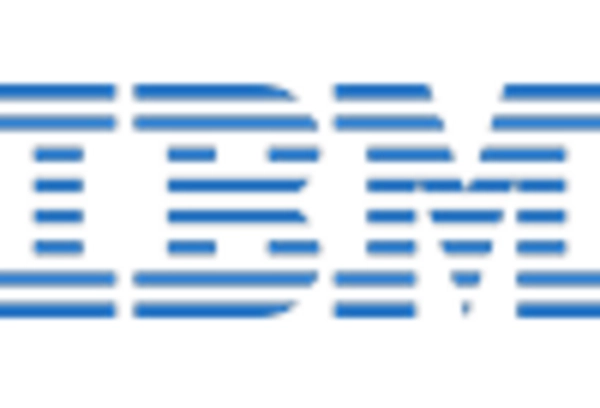
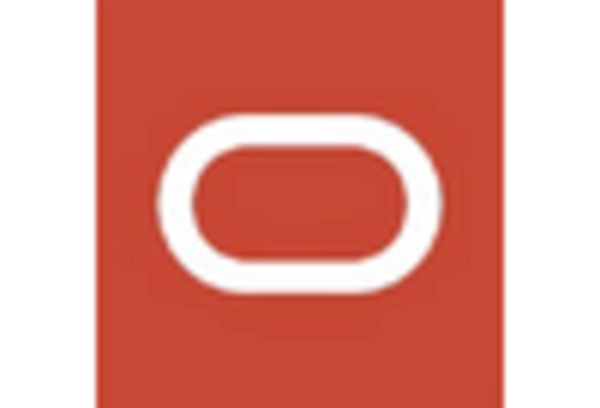
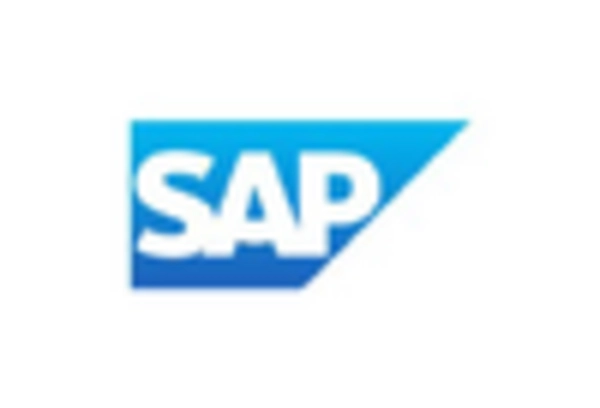









Leave a Comment